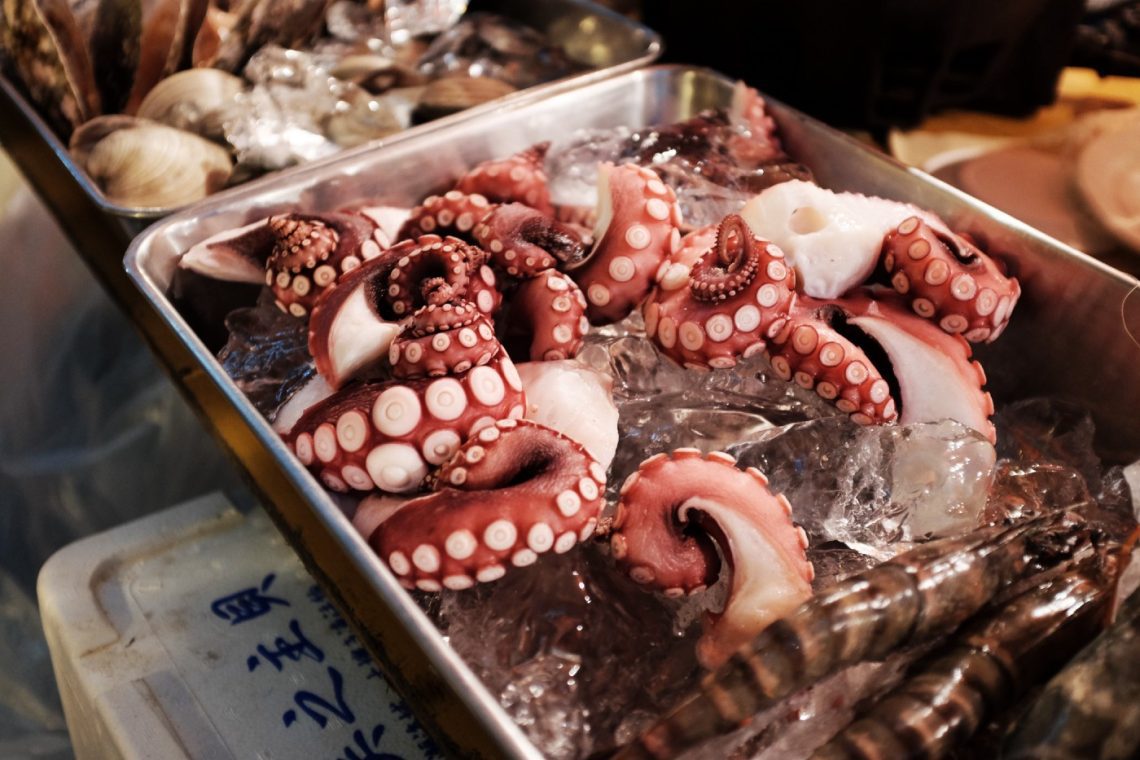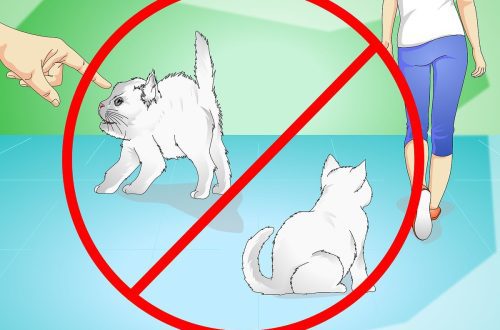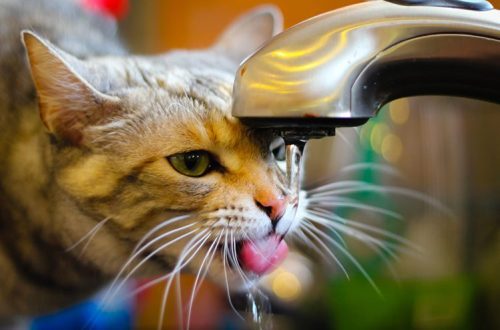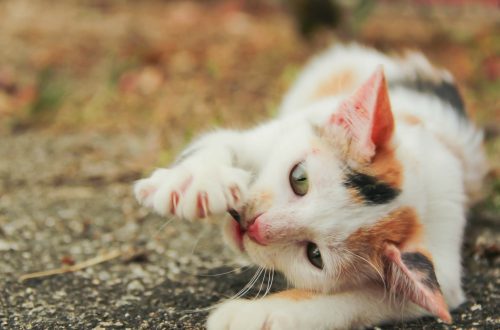
Exotics: what to feed and how they get sick
Dry food is a priority
Many of us assume that domestic cats do just fine eating food from our table. However, this is not true for all animals. Exotics were artificially bred by breeders and most of the genes were inherited from Persian cats, including health problems. In response to the question of what to feed an exotic cat, experts recommend refraining from natural food and choosing premium dry food. They are balanced and selected taking into account the daily needs of animals for vitamins and nutrients. As a supplement, it would be useful to include special preparations in the diet of exotics that help to remove the remains of wool from the stomach. The daily diet of a cat should consist of three meals a day. At the same time, there should always be water in her bowl. Pet dishes must be kept clean.
You can’t argue with heredity
It is sad to state this, but the exotics inherited their diseases from their relatives – the Persians. They are prone to overweight, eye and kidney diseases, cardiovascular and respiratory pathologies. The anatomical structure of the flat muzzle of exotics has led to a narrowing of the nasolacrimal canals and sinuses, so quite often they suffer from shortness of breath. They also have a genetic predisposition to form kidney cysts and cardiomyopathy, the most common disease in cats that leads to early death due to cardiac arrest.
The exotic oral cavity is also in the high-risk zone. So, the lack of proper care for the teeth and gums of plush pets can lead to periodontal disease, gingivitis and other inflammations. Another dental problem may be the incorrect development of the lower jaw, its displacement.
Of course, you should not check every half hour to see if everything is in order with your pet. But nevertheless, pay enough attention to his weak points, take him to the doctor in time, choose the safest food for him – and in return your four-legged friend will delight your whole family.
Features of breeding
Puberty in exotics occurs quite late – closer to the age of two. The process of getting to know each other and sniffing each other takes about two days. Knitting exotics can last a couple of days, since the first sexual intercourse is not always effective. After each mating, it is necessary to inspect the female’s scruff: whether a temperamental or inexperienced partner has left wounds there. If there are wounds, treat them with an antiseptic. And of course, the couple must be vaccinated and treated against parasites in a timely manner.





